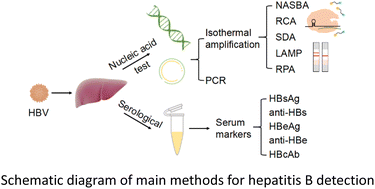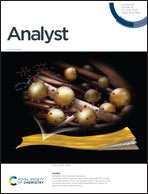Advances in isothermal nucleic acid amplification methods for hepatitis B virus detection
Abstract
Hepatitis B virus (HBV) infection is a major global health problem of widespread concern. Clinically, serological assays are the most widely used diagnostic tests for HBV infection, with the presence of HBsAg in the serum being indicative of acute and chronic hepatitis B infection. However, increased identification of HBV DNA positive but HBsAg negative cases has greatly promoted the use of molecular assays for more accurate HBV diagnosis. Over the past few decades, especially since the outbreak of COVID-19, significant advancements have been made in the techniques and devices for nucleic acid testing (NAT). Nowadays, the mainstream NAT techniques can broadly be split into two categories: PCR-based methods and non-PCR-based isothermal amplification methods. As achieving point-of-care testing (POCT) or on-site testing is an important development tendency for the next-generation NAT, non-PCR-based isothermal amplification methods like nucleic acid sequence-based amplification (NASBA), rolling circle amplification (RCA), loop-mediated isothermal amplification (LAMP), helicase-dependent amplification (HDA), and recombinase polymerase amplification (RPA) have garnered significant attention in recent years. In this review, we provide a comprehensive overview of the nucleic acid isothermal amplification technologies currently used for HBV detection. The analytical performances of different methods are compared and their integration with microfluidics, lateral flow assays, and CRISPR/Cas systems is also discussed.

- This article is part of the themed collections: Analyst Review Articles 2023 and Analyst HOT Articles 2023


 Please wait while we load your content...
Please wait while we load your content...